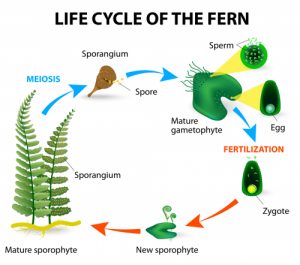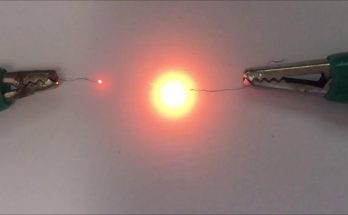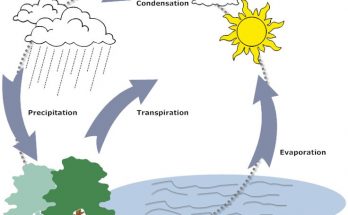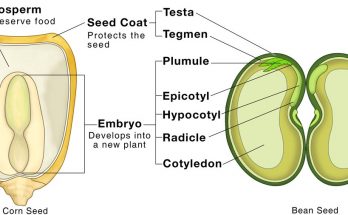Plants reproduce in a number of ways. Some reproduce through seeds, some through stems or roots etc. there are basically two types of plant reproduction:
-
Sexual reproduction
-
Asexual reproduction
Sexual Reproduction in Plants : Fertilization
As the name suggests this type of reproduction in plants involves the gametes(male and female). Here, pollen grains from another/same flower lands on the stigma through a process called pollination. The pollen then gets slipped into the ovary through a structure called a pollen tube and enters the ovule where it combines with female eggs to form a fertilized cell called as Zygote. This process of fusion of gametes to form zygote is called fertilization.

Formation Of Fruit and Seed
After fertilization the zygote develops into an embryo, the ovule changes into a seed and the ovary turns into a fruit. The rest of the parts of the flower dry up and then fall away. Under favorable conditions the seeds grow and develop into new plants.
Check – Structure Of Seed
Check – Germination of seed
Reproduction from Seeds
A large number of plants grow from seeds. Seeds are the reproductive part of a plant and are of different shapes and sizes. When seeds fall on the soil and given favorable conditions they grow into new plants .
Dispersal Of Seeds
It is not always necessary that the seeds will get rooted near their parent plant. Seeds can be dispersed to nearby or far places through different agents. The process by which the seeds are moved away from the parent plant is called seed dispersal.
What is the need for Seed Dispersal ?
Dispersal of seeds is important in order to avoid the overcrowding and competition between existing plants for various essential components. This will ensure proper growth and survival of the parent plant as well as the new plant.
Check – Types Of seed Dispersal
Asexual Reproduction in Plants
Not all the plants reproduce through seeds. Some reproduce through other parts like the stem, roots , leaves of the parent plant by a process called as vegetative reproduction or vegetative propagation. In asexual reproduction there is no involvement of gametes. Baby plants are produced from a single parent.
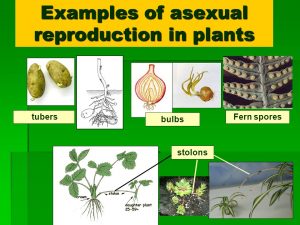
Reproduction from the Stem
Stem of plants like potato,onion, ginger can grow into new plants. They have small structures called buds on them . such a stem along with the bud can be cut and placed into soil from where new plants will grow. Planting a cutting of a stem of a rose plant in soil will reproduce new plants.
Other examples: Bougainvillea, Surgance
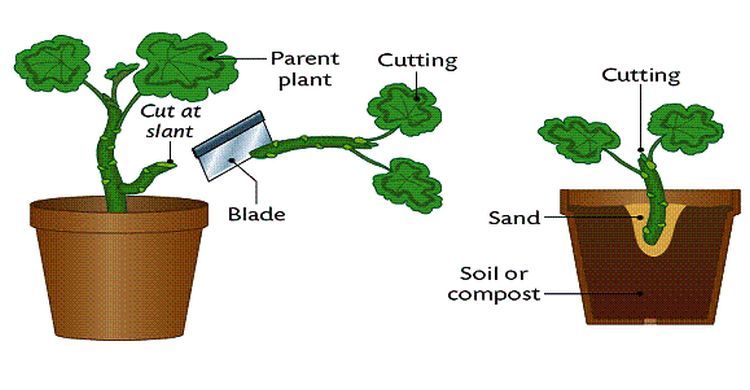
Reproduction from roots
Roots of some plants like sweet potato ,turnip develop adventitious buds on them. These buds later grow into leafy shoots under favorable conditions and become a new plant.
Other examples: Arlic, Water hyacinth, Lily

Reproduction from Leaves
Some plants like Bryophyllum have buds on the edges of their leaves. When the leaves get detached from the plant and come in contact with the soil ,the buds grow to produce new plants.
Other example: Begonia
Fig: reproductive by leaves in Bryophyllum

Reproduction from Spores
Some plants bear special structures called spores instead of flowers or seeds. Spores are the asexual reproductive units which under favourable condition can produce new plants.
Example: Mosses and Ferns
